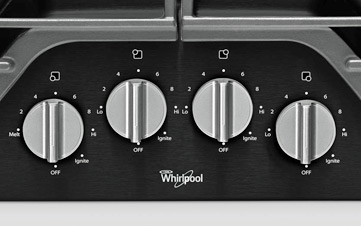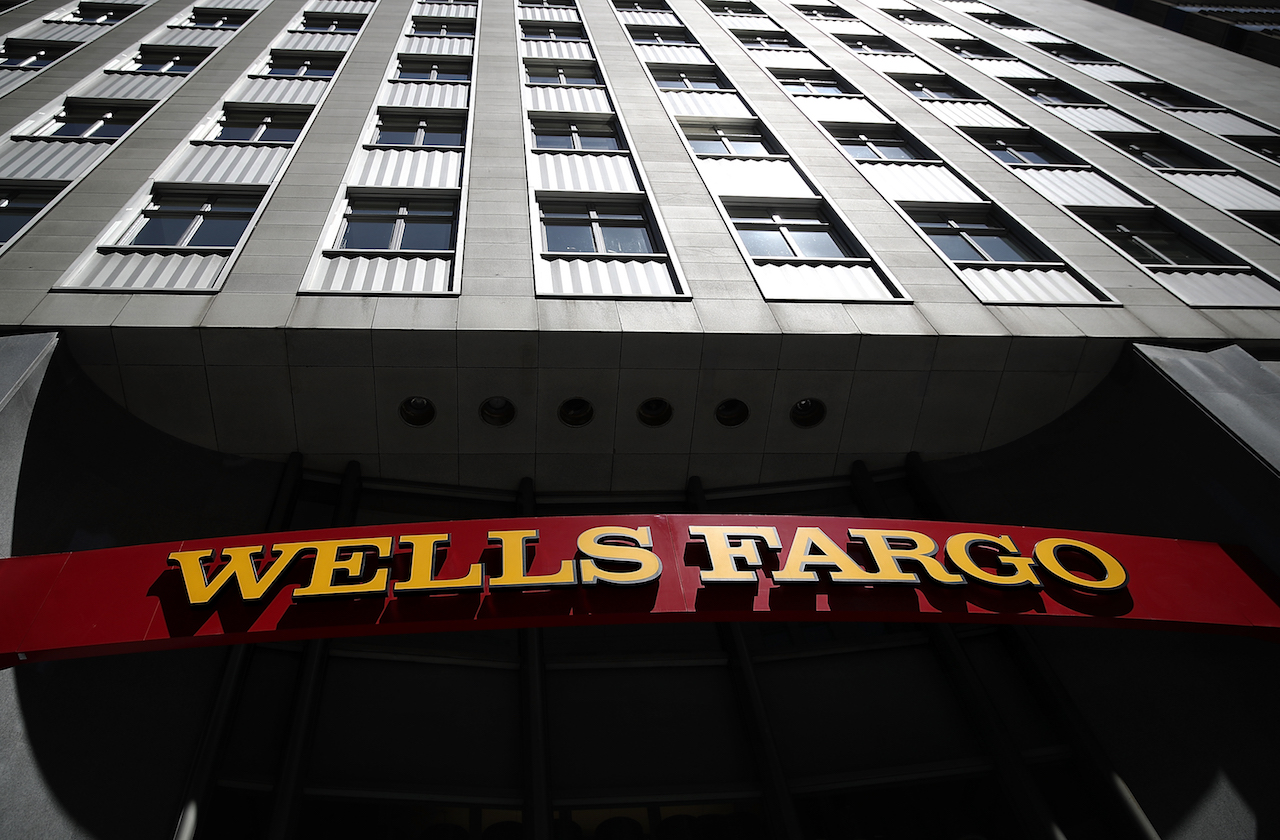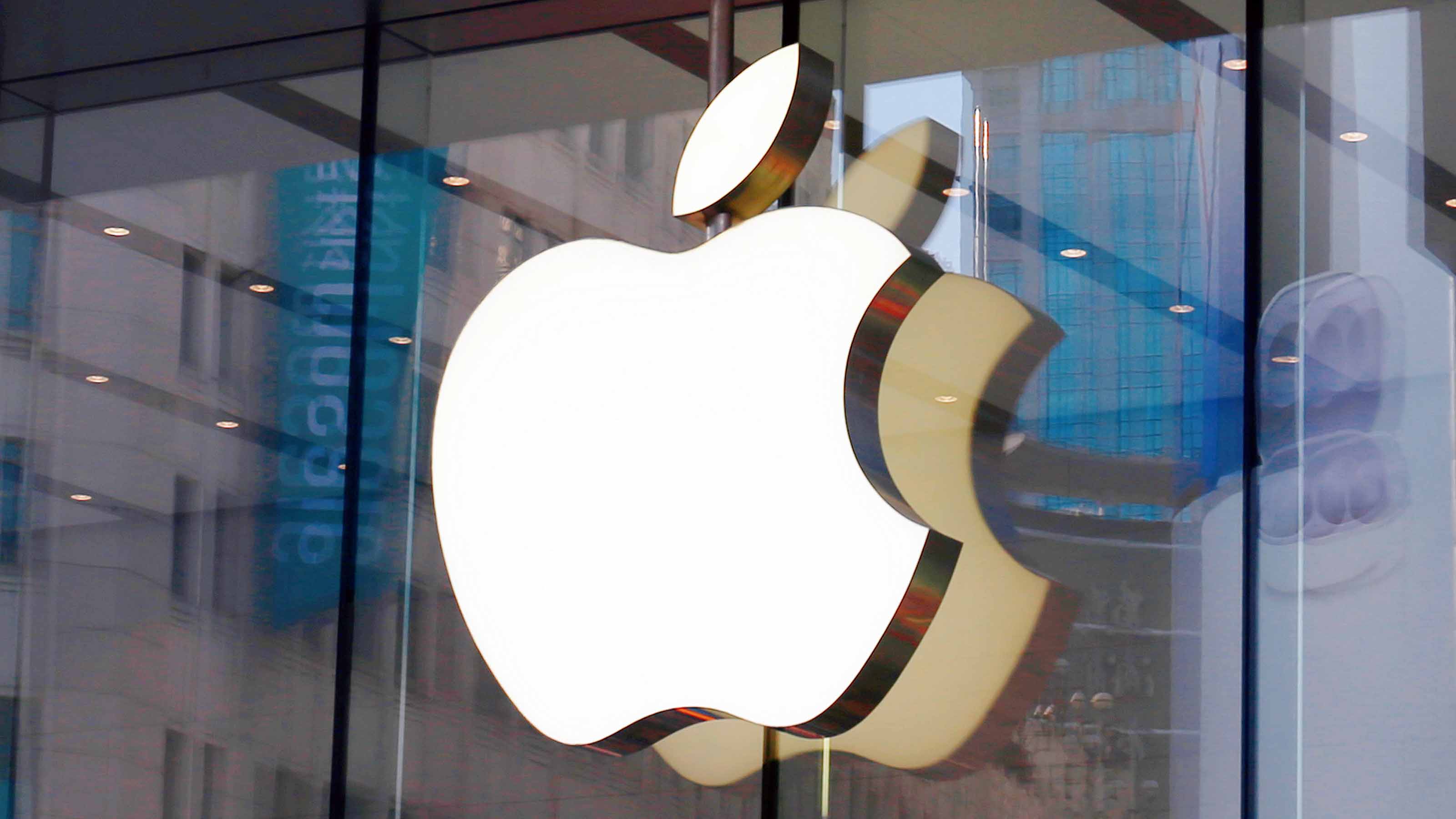5 Stocks to Sell According to Wall Street Analysts
The fourth quarter has been a pretty painful experience for investors so far.


The fourth quarter has been a pretty painful experience for investors so far. Major indexes have just posted their worst weekly losses in more than six months thanks to rising concerns over high interest rates and a potentially slowing world economy.
Some market commentators are warning that the selloff could continue. That’s far from a guarantee, but it’s so it makes sense to be cautious.
Wall Street analysts are pointing to these five companies as stocks to sell right now. We used TipRanks market data to pinpoint the stocks that have the Street’s naysayers out in force. As you will see, all five of these stocks share an underwhelming hold-level analyst consensus – often viewed as bearish given analysts’ typically optimistic lean – as well as some critical sell ratings.
Here’s a closer look at five stocks that the experts say you should wipe from your portfolio now.
Data is as of Oct. 16, 2018.

Snap
- Market value: $9.3 billion
- TipRanks consensus rating: Hold (Get report)
Photo app Snap (SNAP, $7.25) is a risky bet these days. The stock is under severe and sustained pressure from Facebook’s (FB) Instagram. While rival Instagram continues to experience a meteoric rise, Snap faces an existential crisis. Quarterly user figures declined for the first time in Q2, while shares have plunged by more than 50% year-to-date.
“We believe that competition (particularly from Instagram) is irreversibly reducing SNAP’s opportunity to deliver on long-term investor expectations,” Evercore ISI analyst Anthony DiClemente (Track Record & Ratings) recently wrote.
He doesn’t see much hope of change looking forward. “Given the lack of positive catalysts in the face of declining users and decelerating revenue growth, not to mention management turnover ahead of the seasonally critical 4Q, we lower our Target Price.” That new price of $7, down from $9 previously, indicates a little additional downside from current levels.
DiClemente isn’t the only analyst moving in a bearish direction. Citi Group’s Mark May also lowered his price target from $8 to $7. “We are lowering our forecasts again to reflect recent trends in user and (average revenue per user) growth.”
If business trends don’t get better, Snap could have to further reduce operating expenses and raise capital in 2019 or 2020, May wrote. We’ll learn more about those trends on Oct. 25, when Snap reports quarterly earnings.

- Market value: $22.6 billion
- TipRanks consensus rating: Hold (Get report)
- Twitter (TWTR, $29.87) has received not one but two sell ratings from the Street in the last month. These bearish calls come from Barclays analyst Ross Sandler as well as MoffettNathanson’s Michael Nathanson.
Analysts are showing their hand on the stock as we approach the critical Oct. 25 earnings date. Analysts currently are looking for $700 million in revenue, $237 million in adjusted EBITDA and adjusted earnings of 14 cents per share.
Barclays’ Sandler (Track Record & Ratings) gives his perspective here: “The most important metric we are watching for in this print is the implied growth rate for (fourth quarter ad revenue), which will determine the pace of TWTR’s revenue deceleration curve (or lack thereof) as it starts to face tougher comps in 2019.”
He expects a similar tone around user growth – monthly active users flat, though daily active users up by low double digits. Those numbers tend to be seasonally soft in the fourth quarter before rebounding in Q1. He concludes that at 15 times 2019 estimates for EBITDA (vs. Facebook at 11x), “The gap between TWTR’s valuation and the peer group is converging, but for now we remain on the sidelines.”
Meanwhile, Nathanson sees Twitter’s operating expenses soaring because of its “dire need to improve platform safety” while ramping up video content investments. He even goes so far as to suggest that until now, Twitter has dramatically underplayed the true extent of its expenses.
“Twitter’s core non-stock based expense profile has actually been growing double digits in 2018, rather than the near zero rates reported,” Nathanson wrote.

Bed Bath & Beyond
- Market value: $2.0 billion
- TipRanks consensus rating: Moderate Sell (Get report)
- Bed Bath & Beyond (BBBY, $14.15) should be left out in the cold, at least if Wall Street ratings are anything to go by. Over the past three months, TWTR has racked up five hold ratings and three sells, and the average analyst price target indicates only 3% upside from current levels.
BBBY posted disappointing earning reports at the end of September, and analysts were quick to slam the results. Wells Fargo analyst Zachary Fadem (Track Record & Ratings) pointed out weak same-store sales (a 0.6% contraction that was in line with Wells’ below-consensus estimate), steep gross margin contraction of 2.71 percentage points and an 18-cent-per-share earnings miss.
Fadem has a “Sell” rating on BBBY and reduced his price target to $14 (in-line with the current share price of $13.75). He says Bed Bath has failed to capitalize on multiple potentially bullish factors, and that leaves the stock in a very dangerous situation.
“With the benefits of Toys ‘R’ Us closures, a strong consumer environment and a host of ambitious company initiatives failing to materialize in our view thus far, we remain bearish on 2018, and see further downside risk ahead,” he wrote. Conclusion: Steer clear.

Tesla
- Market value: $47.2 billion
- TipRanks consensus rating: Hold (Get report)
Controversial auto stock Tesla (TSLA, $276.59) is a far too risky play to make a compelling investing opportunity. Analysts agree, with many ranking Tesla among stocks to sell or hold, and far fewer calling it a buy.
Top JPMorgan analyst Ryan Brinkman (Track Record & Ratings) spies three potentially bearish factors hindering the stock. First came the delivery update for “over 5,300” Model 3 vehicles by the last week of the quarter – 700 less than the 6,000 per week the company was aiming for by the end of August (according to its second-quarter letter to share holders).
Second is the ongoing China-U.S. trade war. China is a crucial long-term market for Tesla; already in 2017, exports to the country have totaled around 20% of auto revenues. Now Tesla could be looking at a Chinese import tariff rate of 40% on its cars, versus just 15% for other countries’ cars.
“In another negative development, the deliveries release speaks to challenges in China relative to the increase in tariffs for vehicles imported from the United States,” Brinkman wrote in his investor report. Worryingly, this comes “just as domestic Chinese battery-electric-vehicle consumption begins to heat up.”
Lastly, even with share prices down 13% year-to-date, Brinkman still calls Tesla stock “overvalued on the fundamentals.” Indeed, his $195 price target indicates prices can pull back a whopping 25% from current levels.
Tesla reports earnings on Oct. 31.

Whirlpool
- Market value: $7.0 billion
- TipRanks consensus rating: Hold (Get report)
- Whirlpool (WHR, $108.36) shares are now at their lowest levels since February 2013, following multiple bearish calls from the Street. Whirlpool manufactures products such as laundry machines and refrigerators in 15 countries and markets products in nearly every country around the world.
JPMorgan’s Michael Rehaut (Track Record & Ratings) has just downgraded the stock from “Buy” to “Hold” and slashed his price target from $165 previously to $122. He believes a “continued tepid housing recovery” and slower home price appreciation will limit demand growth in 2019.
Rehaut points to weak appliance industry shipments over the past few months, which poses a risk to 1) North America margins and 2) the stock’s industry growth outlook for this year.
The company posted a second-quarter miss back in July; revenues declined 2% in North America and 11.4% in Latin America. A significant improvement would be necessary if WHR is to make any sort of near-term recovery; the next place to look for signs would be Whirlpool’s Oct. 24 earnings report.
“Our concern is that a return to sustained growth for WHR may require sacrificing price/margin absent a change in competitive dynamics. This balance may become more difficult in ‘19 as competitor capacity ramps,” RBC Capital analyst Michael Eisen wrote at the time.
Harriet Lefton is head of content at TipRanks, a comprehensive investing tool that tracks more than 4,700 Wall Street analysts as well as hedge funds and insiders. You can find more of TipRanks’ stock insights here.
Profit and prosper with the best of Kiplinger's advice on investing, taxes, retirement, personal finance and much more. Delivered daily. Enter your email in the box and click Sign Me Up.

-
 Stocks Struggle for Gains to Start 2026: Stock Market Today
Stocks Struggle for Gains to Start 2026: Stock Market TodayIt's not quite the end of the world as we know it, but Warren Buffett is no longer the CEO of Berkshire Hathaway.
-
 Tip: Ways to Track Your Credit Card Rewards
Tip: Ways to Track Your Credit Card RewardsHere are the best strategies and apps to help you stay current with your credit card rewards.
-
 How New Investors Can Pick Their Perfect Portfolio, According to a Pro
How New Investors Can Pick Their Perfect Portfolio, According to a ProSee what Cullen Roche has to say about finding your perfect portfolio as a new investor and his two-word answer on where he thinks the stock market is headed in 2026.
-
 Why Wells Fargo's Revenue Miss Isn't Worrying Wall Street
Why Wells Fargo's Revenue Miss Isn't Worrying Wall StreetWells Fargo is one of the best S&P 500 stocks Wednesday even after the big bank's top-line miss. Here's what you need to know.
-
 Constellation Energy Stock Soars on Its $26 Billion Buy. Here's Why Wall Street Likes the Deal
Constellation Energy Stock Soars on Its $26 Billion Buy. Here's Why Wall Street Likes the DealConstellation Energy is one of the best S&P 500 stocks Friday after the utility said it will buy Calpine in a cash-and-stock deal valued at $26 billion.
-
 The 24 Cheapest Places To Retire in the US
The 24 Cheapest Places To Retire in the USWhen you're trying to balance a fixed income with an enjoyable retirement, the cost of living is a crucial factor to consider. Is your city the best?
-
 What Scott Bessent's Treasury Secretary Nomination Means for Investors
What Scott Bessent's Treasury Secretary Nomination Means for InvestorsMarkets are reacting positively to Trump's nomination of Scott Bessent for Treasury secretary. Here's why.
-
 TJX Stock: Wall Street Stays Bullish After Earnings
TJX Stock: Wall Street Stays Bullish After EarningsTJX stock is trading lower Wednesday despite the TJ Maxx owner's beat-and-raise quarter, but analysts aren't worried. Here's why.
-
 Cisco Stock: Why Wall Street Is Bullish After Earnings
Cisco Stock: Why Wall Street Is Bullish After EarningsCisco stock is lower Thursday despite the tech giant's beat-and-raise quarter, but analysts aren't concerned. Here's what you need to know.
-
 Apple Stock Slips After Earnings. Wall Street Isn't Worried
Apple Stock Slips After Earnings. Wall Street Isn't WorriedApple stock is trading lower Friday despite the iPhone maker beating expectations for its fiscal fourth quarter, but analysts are still bullish.
-
 Tesla's Robotaxi Event: What Wall Street Expects
Tesla's Robotaxi Event: What Wall Street ExpectsTesla’s robotaxi event kicks off next week. Here’s what Wall Street expects to see and how analysts feel about the stock heading into the event.
